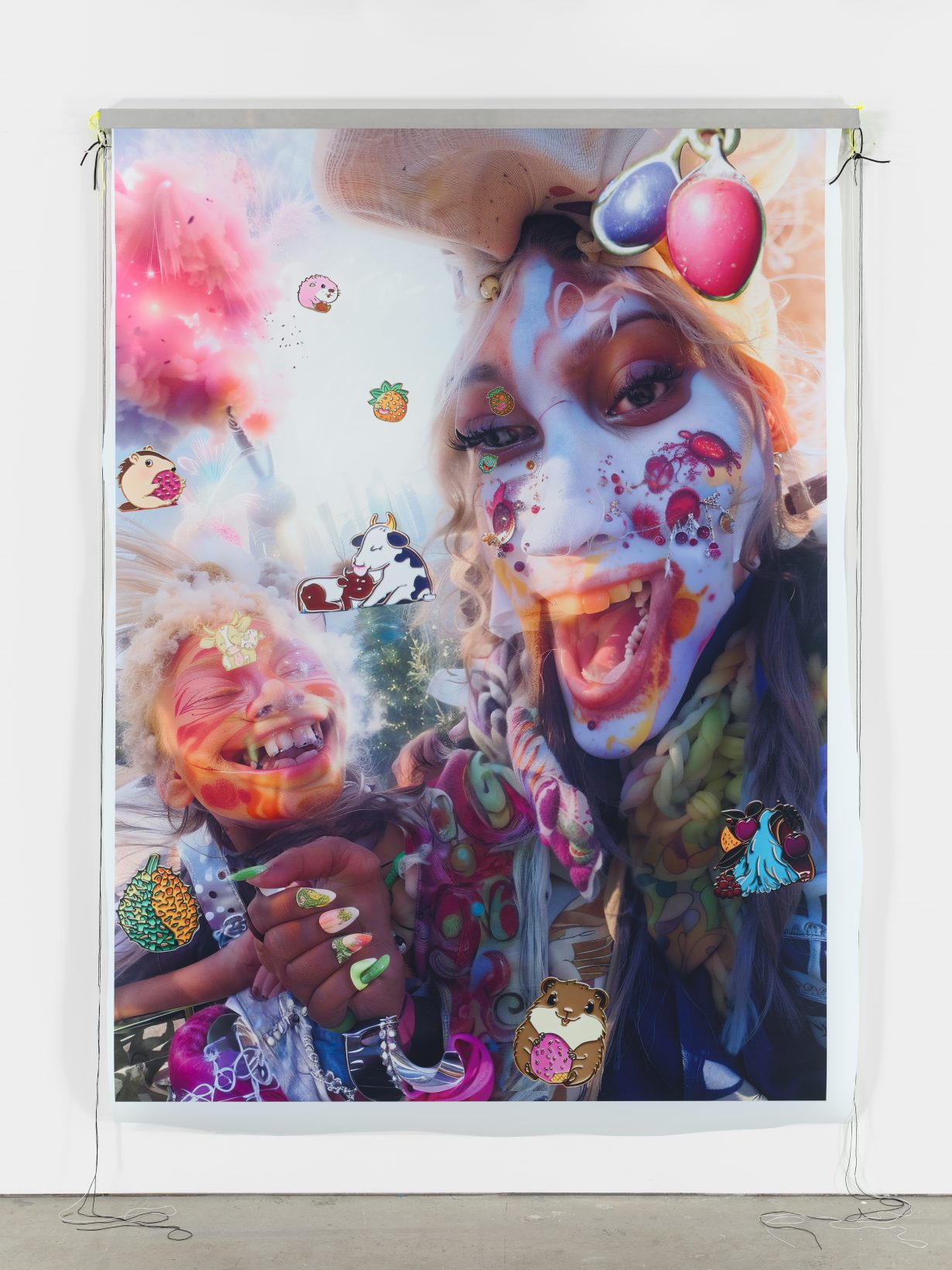A group show at Nahmad Contemporary, New York explores ugliness as a challenge to ‘the decorative, polite [and] conservative’
Jana Euler paints every hair in Ed Sheeran’s beard. She also, in one work included at this show, outlines the bulbous nose and ear of an eerily familiar face attached to a Quarter Horse’s anthropomorphised torso. Euler’s monstrous, detailed depictions of recognisable figures force reckonings with standards of beauty and the obscene nature of celebrity culture; her paintings, in brief, are ugly, both in content and in form. Here Manhattan-based critic Dean Kissick and art adviser Eleanor Cayre, both popular for their irreverent approaches to contemporary art, explore ugliness as a challenge to ‘the decorative, polite, [and] conservative’, a pursuit that results, as they write in their press release, in the ‘powerful, moving, and even sublime’. The works on view follow in Euler’s footsteps, but they don’t always accomplish the transcendence Cayre and Kissick hope for: this collection oscillates between apt social commentary and carnivalesque trope.

Ugliness often manifests in fraught encounters between bodies and the gaze of the outside world. In Rita Ackermann’s Dos and Donts Nurses (United) (2009), clusters of gesticulating hands and anguished faces emerge from a collaged background of women’s fashion magazine clippings featuring dos and don’ts for dieting and clothing. Ackermann’s gestural brushstrokes and gendered critique pair well with Shuriya Davis’s Eventually, We Come to Exist (2021), a mother-and-child portrait with a haunting twist: at the canvas’s edge, a child’s disembodied, translucent hand covers an adult figure’s fearful face. Euler’s rider/horse switch under observation ride thrown off (2018) shows an overly muscular human-animal hybrid rearing its legs for a group of cowboys; in Euler’s hands, the rodeo becomes a theatre that objectifies and personifies its oppressed participants at will. These paintings are ugly because they render grotesque experiences grotesquely, utilising unconventional modes to appropriately discomfiting effect.

Other artists walk a precarious line between representations of abjection and mere voyeurism, wittily aestheticising the ugliness of their ideas. Peter Saul’s Woman Artist Painting Three Pictures at Once (2021) features a female painter punching one male onlooker and shooting bright enamel onto another; the work’s cartoonish composition reads more like a takedown of women’s ambition than a commentary on artworld patriarchy. Other works offer similar caricatures with little insight to match: in Connor Marie’s Pork (2023), a slickly rendered young girl poses next to a pig who adopts her same posture; Mathieu Malouf recasts the female prostitutes of Picasso’s Les Demoiselles d’Avignon (1907) as weed-smoking penguins, his painting styled with childlike, deskilled strokes (Untitled, 2023). While not ‘polite’, these do feel ‘conservative’ in their recitations of political cliché, foregoing the innovations of their peers for parodies that relish in their subjects’ debasement.
There is satisfaction in satire, but rarely the sublime. Moments of revelation – Jared Madere’s psychedelic, AI-generated You gotta speak with the new generation they crazy (2023) is another standout – feel destabilised by the simpler methods on view, which poke fun at the banal evils of aesthetic convention and art historical monolith but fail to eclipse them. Cayre and Kissick probe and eventually reach the limits of their subgenre; ugliness, like beauty, proves quick to cruelty.
Ugly Painting at Nahmad Contemporary, New York, 26 June – 16 September
